Scenario of widespread job loss and warning from the market
AI is said to be the cause of mass job losses.
“AI is changing everything” is no longer a sensational statement. It is a cold reality that anyone – from bankers, accountants, consultants to journalists and lawyers – can feel when faced with the risk of being replaced by a large language model, a software robot or an automated machine learning system.
The World Economic Forum (WEF) 2024 report said: 69% of global jobs will be affected by AI in the next decade. McKinsey predicts that more than 800 million workers will need to be retrained to keep their jobs by 2030. Industries once considered "safe" such as education, healthcare, media... are also starting to witness strong changes in the skill structure. Not just a future hypothesis, AI is quietly replacing a series of operations: from processing banking transactions, auditing books, to customer care. A chatbot can now answer 80% of customer inquiries that previously required a team of dozens of people.
In Vietnam, just by browsing popular recruitment platforms, it is clear that the requirement of “proficiency in AI tools” is becoming a mandatory criterion in many positions - especially in the fields of marketing, business administration, and information technology. Job descriptions in hot fields such as Marketing, Communications, Administration... are increasingly like a checklist of AI capabilities: knowing how to analyze data with ChatGPT, knowing how to create content with Copilot, knowing how to use campaign optimization tools. Without digital skills, candidates can be eliminated right from the application round, regardless of experience or age.
However, this change does not only bring risks but also opens up a whole new market, opening up opportunities for those who know how to seize them. Technology companies are hunting for thousands of AI engineers, data experts, and machine learning model operators. According to international surveys, the average salary of a top AI engineer can reach hundreds of thousands of USD/year. AI becomes a "golden" job market in the next decade - but only for those who prepare from today.
In Vietnam, a number of large corporations have begun to build a comprehensive AI ecosystem - from data, platforms, to human resources. Not only in the technical field, AI is also opening new doors for teachers, artists, content creators, and even students. A general teacher can now use AI to design more vivid lectures. A young person passionate about making videos can use AI to edit clips, insert voices, and create virtual characters.
AIEducation : The Strategic Race of the Great Powers
At the end of 2024, more than 250 CEOs from major technology corporations such as Microsoft, Meta, Uber, Dropbox, Zoom, etc. signed an open letter to US state governors, requesting that AI and computer science become mandatory subjects in high schools. Not because businesses lack human resources, but because the US is facing the risk of being surpassed by China - a country that has started teaching AI from elementary school.
China has announced that starting in the 2025–2026 school year, all first-graders will learn at least eight hours of AI each year. Beijing has previously outlined a clear national strategy to become the world's AI hub by 2030, and reform the entire education system from the ground up.
While China is building AI labs, organizing national AI innovation competitions, integrating technology projects from chatbots to smart agriculture into the curriculum... the US is still "broken leg" due to lack of infrastructure and teachers to teach AI in poor states and rural areas.
AI is no longer a technology story, but has become a strategic “soft weapon”. Any country that trains its citizens to understand and use AI from a young age will lead in innovation, labor productivity, and geopolitical power. That is also the reason why the AI race is no longer limited to research labs, but has entered the classroom.
AI training from high school, where did Vietnam start?
In Vietnam, the shift to general AI training is still very new. However, there are pioneering models that have started early.
A lesson at FPT Schools
FPT is one of the few units that proactively brings AI into education from the elementary level - not just as a specialized lesson, but integrated into three main pillars: STEM, Coding and Robotics. Students do not learn to become engineers, but learn to understand the logic of machines, to see problems and apply technology to solutions. The school cooperates with the Massachusetts Institute of Technology (MIT) to deploy an AI program specifically designed for high school students, thereby teaching them how to observe, ask questions, and solve problems using modern tools.
FPT also aims to provide AI skills to 500,000 employees by 2030. In the context of the global boom in demand for AI human resources, these steps are not only an educational strategy, but also a foundation for long-term digital economic development.
AI is not just a technology, but the “new language” of the world of work. From the letter from 250 US CEOs, to China’s AI education reform plan, to AI popularization models like FPT Schools - all show: The game has begun. And if you, or your children, are not ready to learn, apply and master AI from today, you will most likely be the one left behind by that game.
FPT



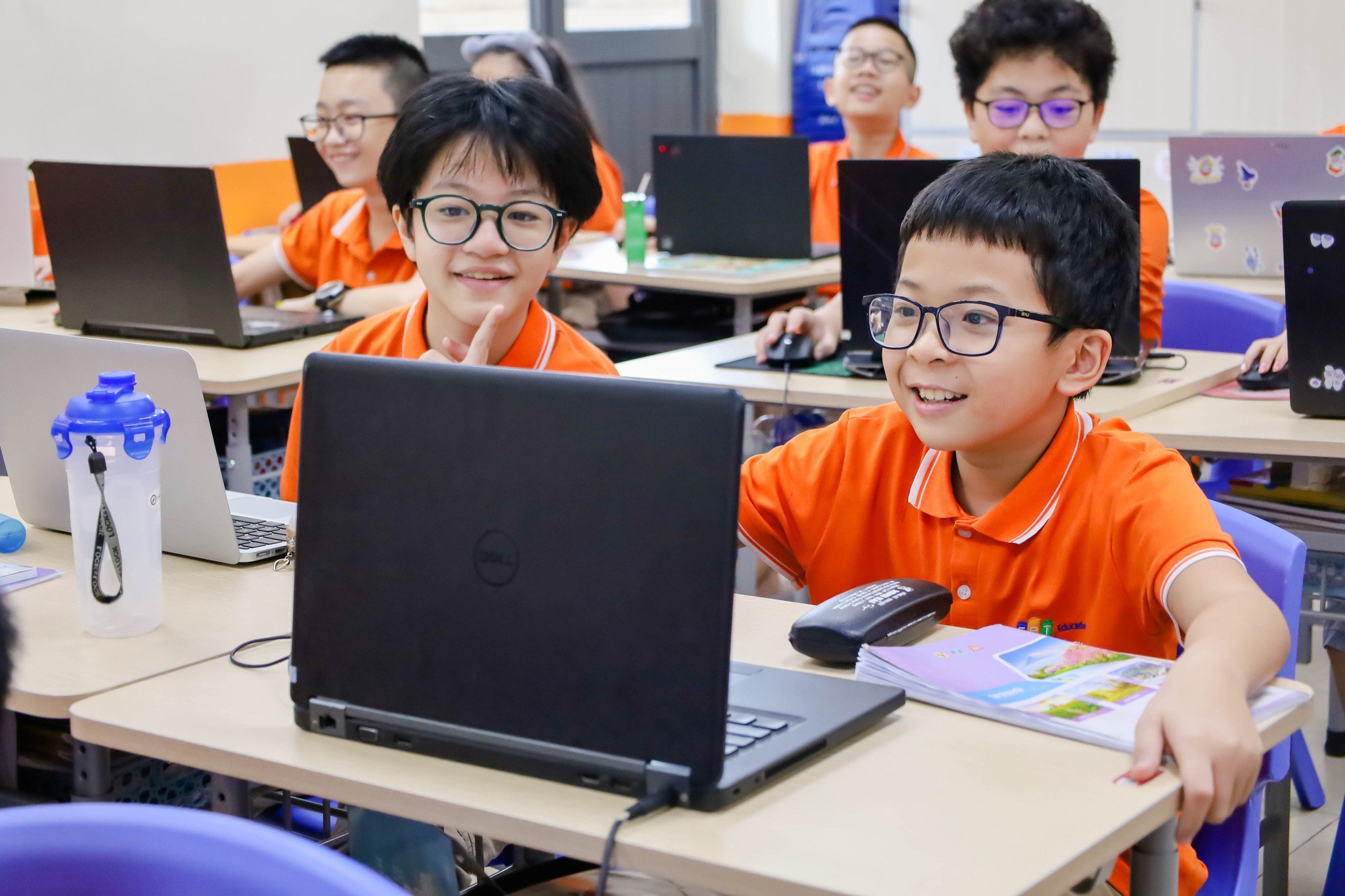
![[Photo] General Secretary To Lam meets with the Group of Young National Assembly Deputies](https://vphoto.vietnam.vn/thumb/1200x675/vietnam/resource/IMAGE/2025/6/24/618b5c3b8c92431686f2217f61dbf4f6)



![[Photo] The 9th Party Congress of the National Political Publishing House Truth](https://vphoto.vietnam.vn/thumb/1200x675/vietnam/resource/IMAGE/2025/6/24/ade0561f18954dd1a6a491bdadfa84f1)
![[Photo] Close-up of modernized Thu Thiem, connecting new life with District 1](https://vphoto.vietnam.vn/thumb/1200x675/vietnam/resource/IMAGE/2025/6/24/d360fb27c6924b0087bf4f288c24b2f2)
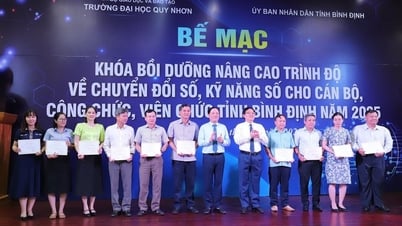



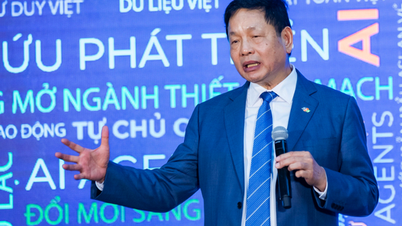



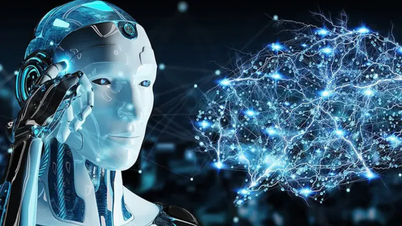


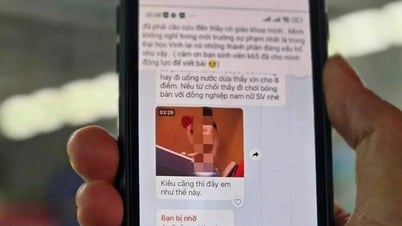

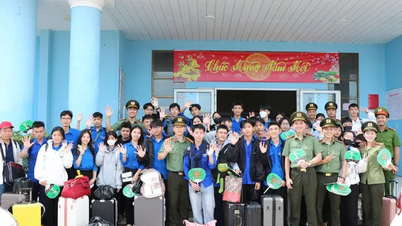








































































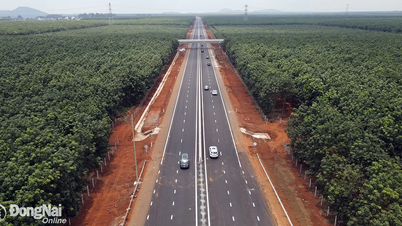
















Comment (0)